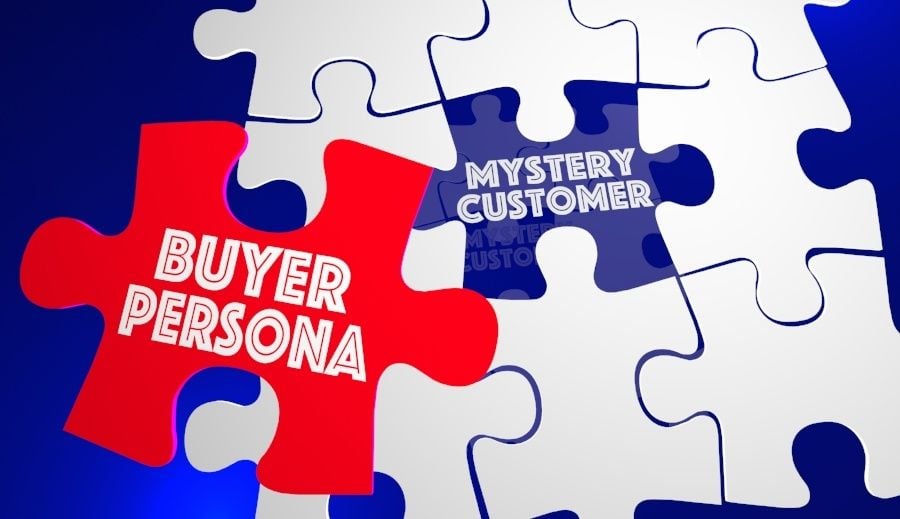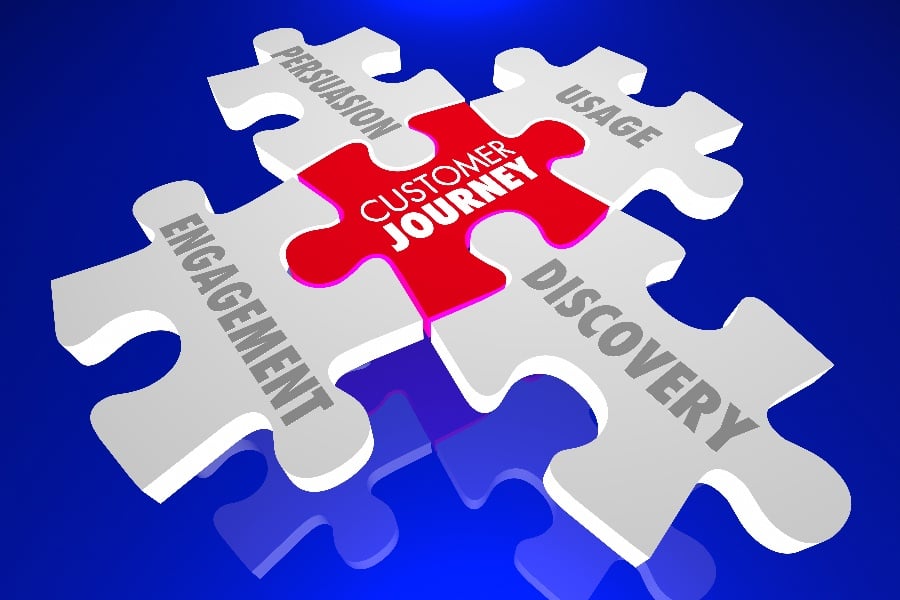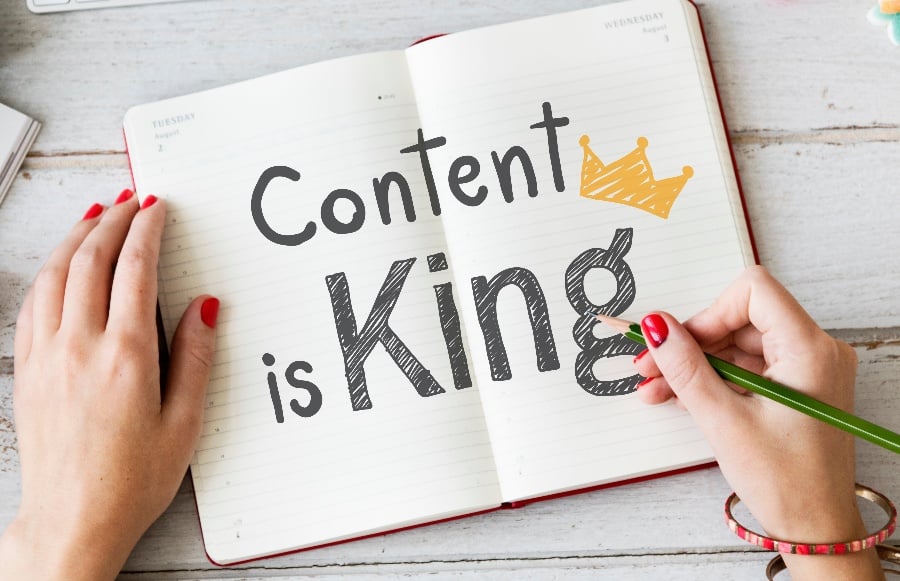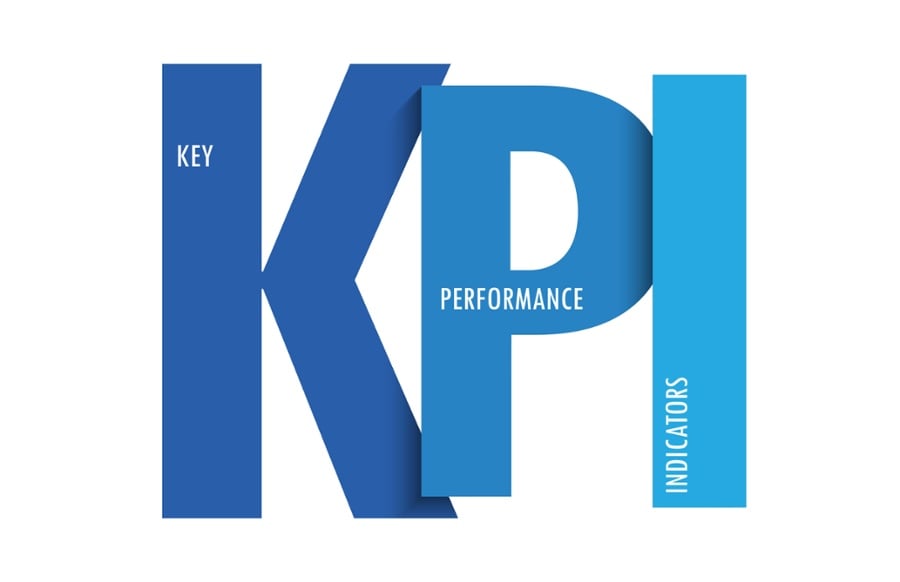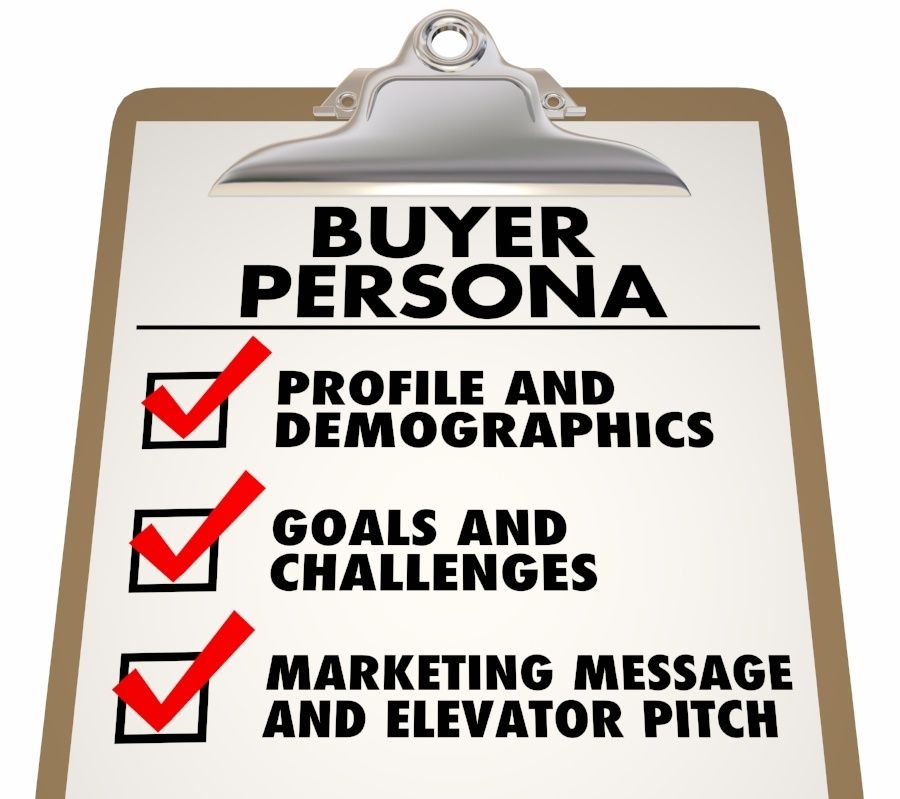
Authors Note: This is Part 4 of a four part series where we explore each stage of inbound marketing.
Previously, we've discussed the first three phases of inbound marketing: attract, convert, and close. By now, you've brought prospects to your website via original content, acquired their contact information, and received their purchase order.
The biggest mistake that companies make is stopping right there. Inbound marketing isn't just about attracting waves of first-time buyers to your company. Delight, the final phase, is when you foster customer loyalty and devise a plan to bring them back to your business.
Without this plan, your inbound marketing efforts will amount to nothing in the long-run.
Not only will there be no avenue for customers to return to your business, but according to this Harvard Business Review article, a 5% increase in customer retention results in a 25-95% increase in profits. In other words, the entire future of your company depends on their return.
Continue the customer journey
The customer journey shouldn't just end when you close a sale. A good business will continue to serve customers even after the payment is received.
.jpg?width=600&name=sheet%20(1).jpg)
Keep helping customers
Follow up with customers to ensure that your product is working as expected. It's also nice to send instructional content to help users maximize its value.
You certainly don't want an installation problem, for example, to ruin the entire customer experience.
Get feedback
A week after a customer receives your product is a great time to ask for feedback.
By simply sending a survey via email, you can learn what your business is doing right and what you need to improve. In addition, you can ask customers --both satisfied and unsatisfied -- to write product reviews.
Market reviews
A little tip is to market those reviews on your website and social media sites. Customer reviews are essentially a type of content -- one that happens to be valuable and sought out.
According to this Forbes article, posting positive and negative reviews on your site provides extra encouragement for prospects researching your product:
"63% of consumers are more likely to make a purchase from a site that offers customer reviews. Consumers that are unfamiliar with a brand or service are more likely to use customer reviews to make their initial judgment regarding impression. Companies should allow both positive and negative feedback to be visible, as it is important to understand that there are some customers that are unable to be pleased."
Don't worry if every review isn't a glowing endorsement of your brand. Consumers are skeptical of products that only have 5-star reviews, anyway.
The important thing is that you're using the last leg of the customer journey to stay in touch with customers, get feedback, and even attract new prospects to your business.
Smart content
Remember how first-time buyers require beginner-friendly content at the beginning of the sales pipeline, but more in-depth and sophisticated content as they advance?
Well, loyal customers can skip that process altogether. They require completely different topics.
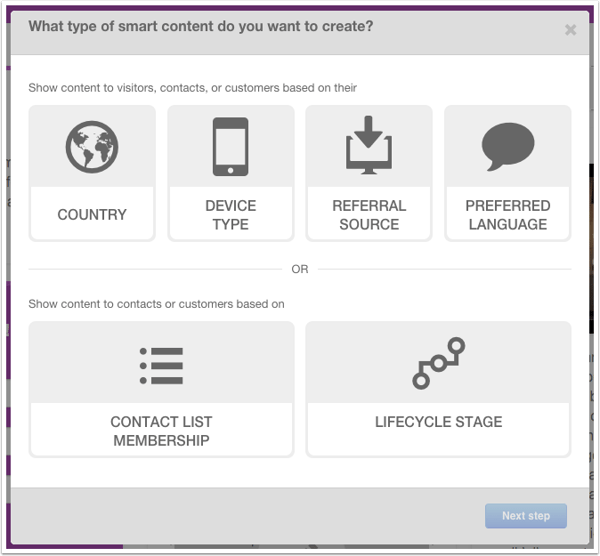
Separate loyal customers from first-time buyers
Loyal customers don't need to hear about the benefits of your product. They're more interested in the different ways they can use it, potential updates and new releases, and behind-the-scenes looks at your company. Don't forget to make content specifically for this segment.
Create targeted CTAs
Of course, loyal customers also require some prodding to return to your business. The important thing is that you target them with relevant CTAs that continue their respective customer experiences.
According to HubSpot, using smart content for this purpose will not only engage users more, but also improve the performance of your website:
"Data shows that personalized content drastically improves the performance of your website and the engagement of your visitors. HubSpot looked at the data for more than 93,000 calls to action created using HubSpot over a 12 month period and discovered that calls-to-action targeted to the user performed 42% better than calls-to-action that were generic. Investing time in setting up and utilizing smart content in your website has certainly shown to be worth the effort."
Creating smart content is an effective way of targeting specific users without having to create thousands of web pages. The content updates based on a user's history, which allows them to continue their customer experience.
As evidenced by the HubSpot data, smart content is worth the effort. It takes a fixed amount of time to program the content, but it will target countless users. Moreover, users are more engaged by specific, contextual CTAs.
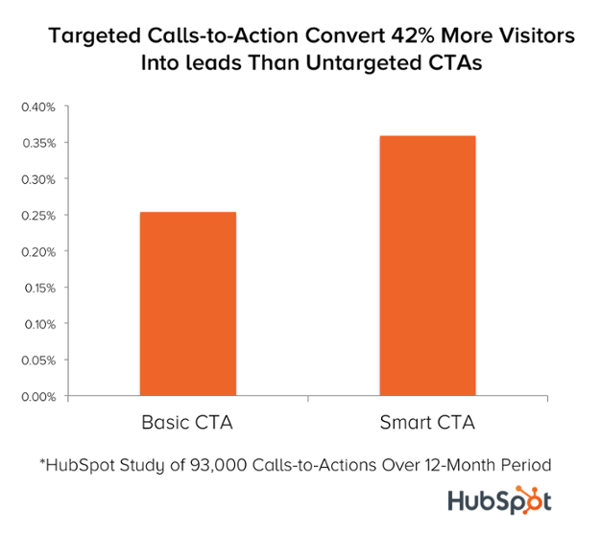
Conversations
The conversation never stops -- at least it shouldn't. You already got the ball rolling by creating content, posting on social media, and starting an email newsletter.
Now it's up to you to continue that conversation to provide excellent customer service and end the customer journey on a good note.
Communicate on all channels
Wherever you started interacting with prospects, you now have to stay active. Keep checking Facebook, Instagram, LinkedIn, your email inbox, website comments, social media inboxes, and whatever other way customers can contact you.
Solve problems
Many businesses seem to think that simply maintaining a conversation is enough. Rather than participating in an aimless discussion, try to give it some direction.
Your main focus should be on solving problems. What obstacles might await your customers and how can they clear them? Solving problems helps establish brand credibility and foster customer loyalty.
Provide recommendations
Another way to help users is to provide recommendations when applicable. If there's an accessory that complements your product well, then suggest it to customers for a better overall experience. Educating customers will only make them want to do more business with you.
Be fun, relaxed, and inviting
Each platform has its own language standards, so make sure you adjust your tone appropriately. On social media, for example, businesses are allowed to lighten up and be more expressive.
Your messages don't have to sound as if they were written by a team of lawyers. This also depends on your industry and target audience, so make sure you know who you're writing for.
Conclusion
The fourth and final phase of inbound marketing is often forgotten, yet arguably the most important. For the long-term success of your business, you need to keep customers coming back.
It all starts with continuing the customer journey after the payment has been made. Then, you can target customers with smart content and keep in touch with them on various channels.
Putting in this last bit of effort will increase your customer retention and thus, your profits. For more information about inbound marketing, contact us today.






